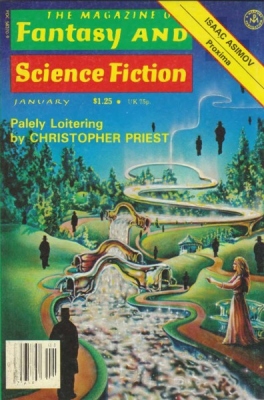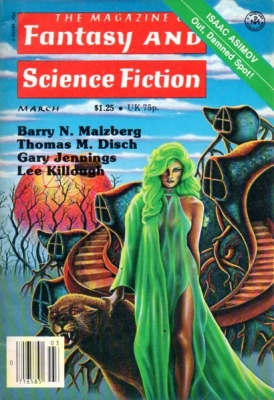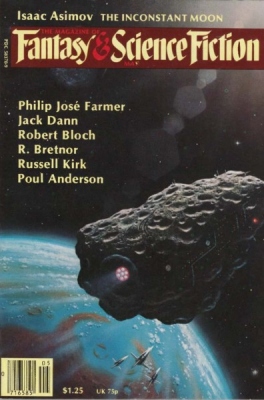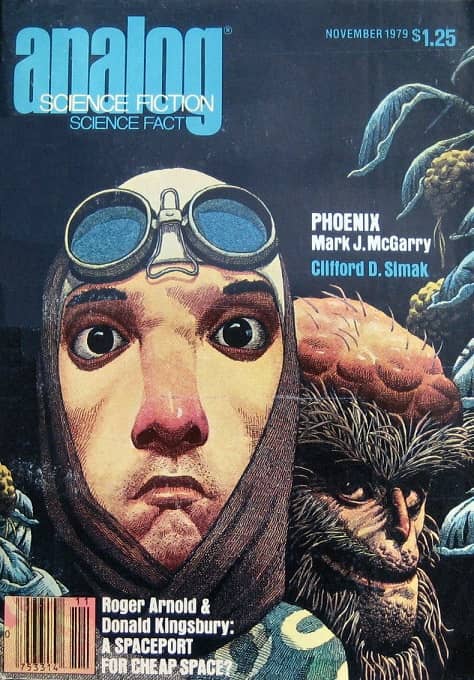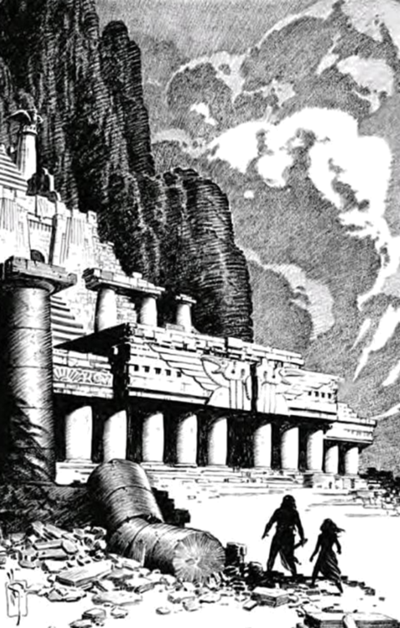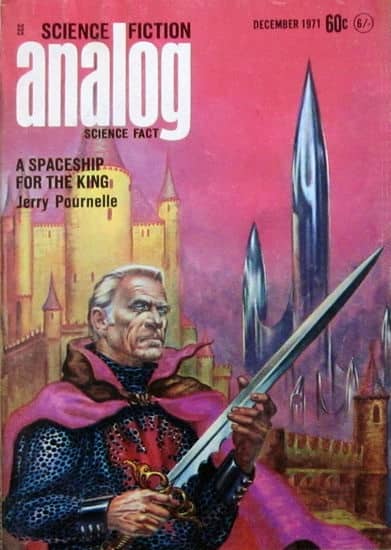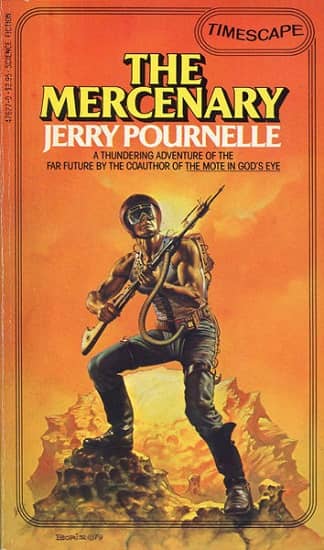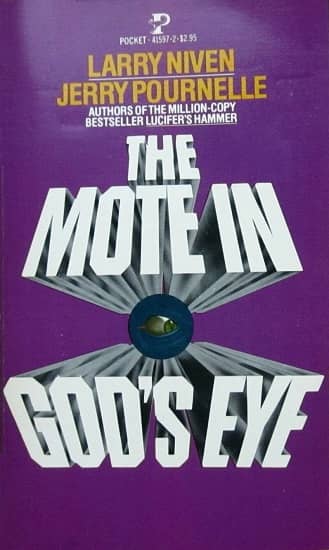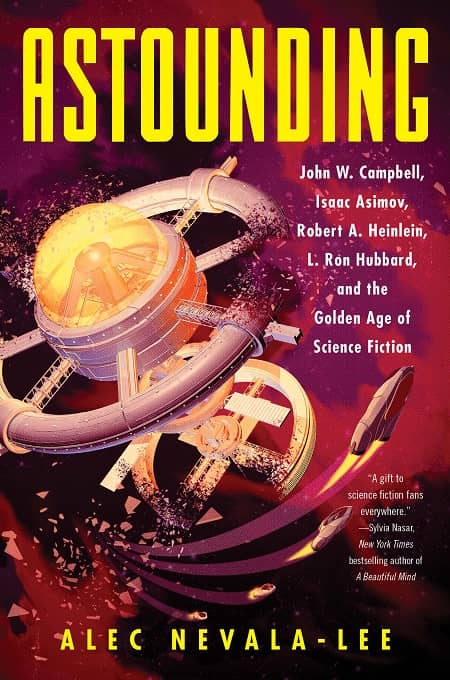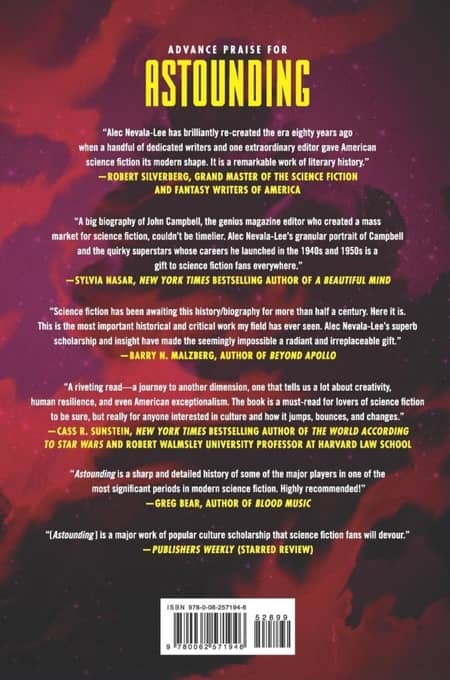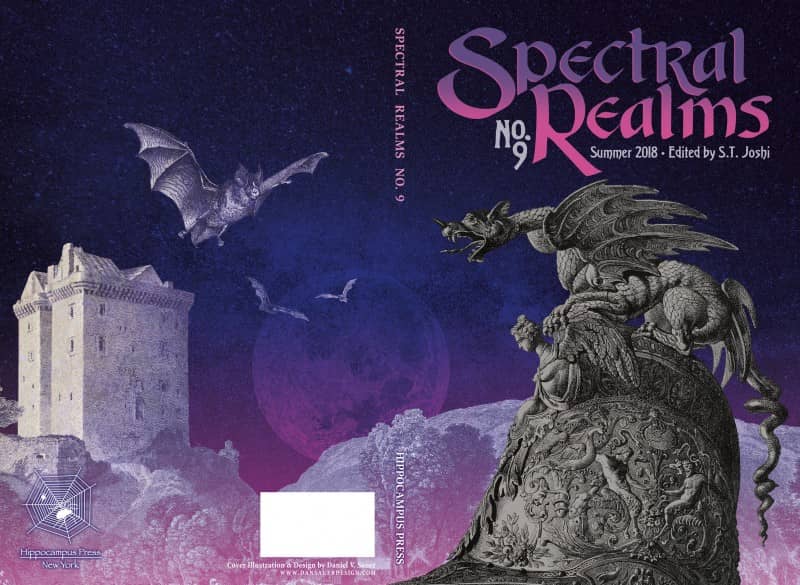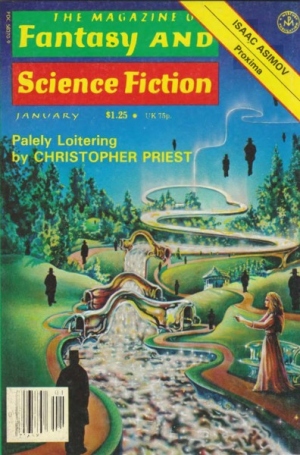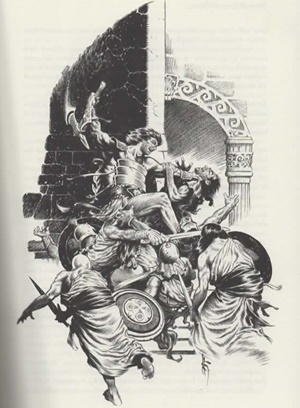The Golden Age of Science Fiction: The 1973 Hugo Award for Best Professional Artist, and the 1973 Locus Awards for Best Magazine Artist and Best Paperback Cover Artist: Kelly Freas
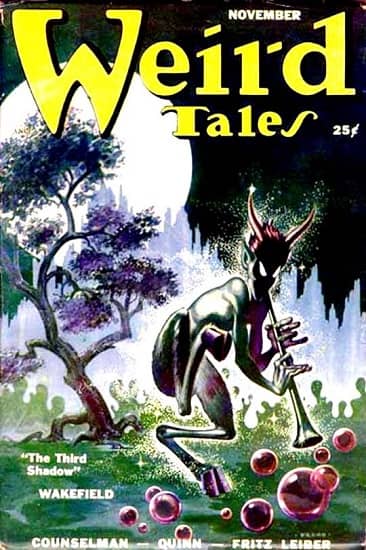 |
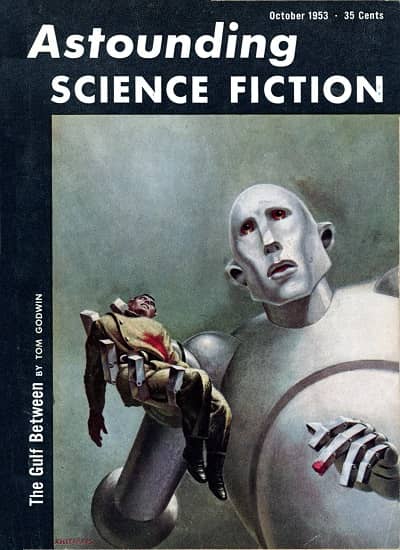 |
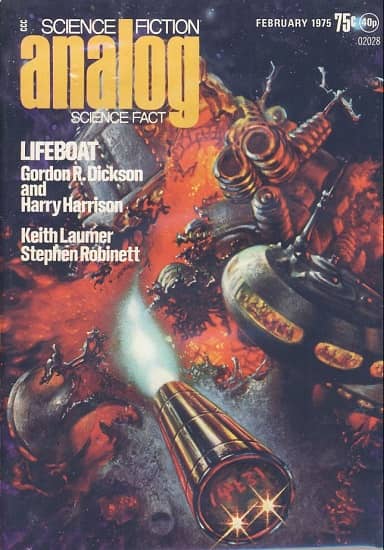 |
Steven Silver has been doing a series covering the award winners from his age 12 year, and Steven has credited me for (indirectly) suggesting this, when I quoted Peter Graham’s statement “The Golden Age of Science Fiction” is 12, in the “comment section” to the entry on 1973 in Jo Walton’s wonderful book An Informal History of the Hugos. You see, I was 12 in 1972, so the awards for 1973 were the awards for my personal Golden Age. And Steven suggested that much as he is covering awards for 1980, I might cover awards for 1973 here at Black Gate.
As I began reading the SF magazines, and buying SF paperbacks, there was really no doubt who the most popular artist was: Kelly Freas. (This is not to deny the excellence of the likes of John Schoenherr, Jack Gaughan, and many more.) Kelly Freas was one of the most regular artists at Analog, and he did covers for many book publishers, at that time perhaps most often DAW. (Later he was the cover artist for every one of the Laser Books line.) His art was very colorful, very recognizable. His work was often humorous, but also could be dark and gritty. He was also an excellent interior illustrator.
Freas was born Frank Kelly in 1922. He took his stepfather’s last name after he was adopted. (His artwork was signed both Kelly Freas and Frank Kelly Freas.) He served in the second World War right out of High School, doing reconnaissance camera work and painting bomber noses. He spent some time in advertising. His first painting in the SF field was the cover for the November 1950 issue of Weird Tales (above left). One of his most famous paintings in the field was the 1953 cover of Astounding, illustrating Tom Godwin’s “The Gulf Between” (above middle). He later repainted it (with slight changes) for use as the cover of Queen’s album News of the World. Outside of SF he may have been best known for his work at Mad Magazine – he was the originator of the Alfred E. Neumann character.
